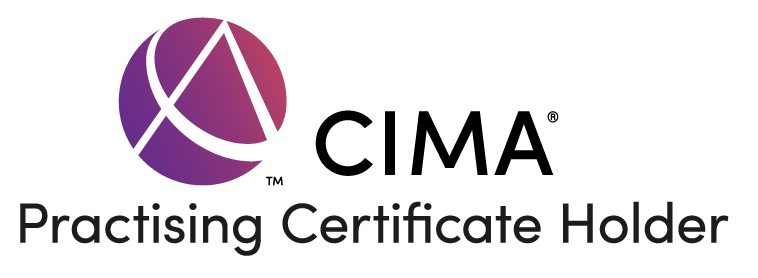BUILD OR NOT TO BUILD?!
Build or not to Build? That is the question!
Many contractors jump into a project, missing a few important STEPS.
You may be tempted to start a project, especially when cash flow is tight and in the end – that is the work you need. But on the way, there come obstacles, and you – as a Contractor – end up in a bigger debt with a bigger problem.
It is good to step back and think of a process you can implement and repeat each time you decide to take on a new project. That process may become your strength, standard, and principal rule.
I am sharing a simple process before you decide to take on a new project.
Step1
How much money do you need to start the project?
From the moment you start the project till the first valuation – whether it is 30, 45 or 60 days, you need to know how to tackle the cash flow needs. How much will you pay your people and other sub-contractors, and how much will you need for materials?
Can you answer these questions?
The best way to do that is to prepare a project timeline and tasks showing the longest path (a critical path indicating the length of your project), other floating tasks and their dependency on when they would need to be completed. Having a good Gantt will help any Contractor to see the project schedule and, even more – allocate costs to it!
Step 2
Calculate your gross profit margin and check if that margin will cover your overheads!
So many times, Contactors start a project, and they don’t realise that the margin wouldn’t cover their fixed costs. For example: if you make £30 000 margin on a project within six months and your monthly overheads are £6000, and that is your only project at a time – you will lose £6000 because your total overheads are £ 36 000.
You need to know that your gross profit margin is the sale price minus the costs of goods sold (materials, labour, and other expenses directly incurred for this project). That profit must cover your overheads, such as admin costs, rent, director’s salary (never forget your salary!), insurance, subscriptions, telephone, rates, etc., and admin staff salaries.
This calculation must be solid. You will know whether this project will be profitable for you and what is your safety margin – anything above the breaking-even point.
But! Remember that if this project uses only 50% of your company’s capacity and you also have other projects, you need to count the amount of the overhead required to be covered with the gross profit margin from that specific project. For example, you run two projects; one uses 40% of your company’s capacity and the other 60%. Your monthly overheads are £10 000. For one-month projects – one of them needs to cover at least £4000 and the other £6000, so at the end of the month, you are not in a loss position.
Step 3
Calculate the brake even point of your project. This step is connected to step two above. As I mentioned, your brake even point is when the gross profit margin only covers all your overheads.
Example:
Gross profit margin: £10 000
overheads: £10 000
Operating profit: £0.00 = break-even point.
Remember: Gross profit margin is the margin on sale: gross profit/Sale x 100%.
It is not a markup! Markup is calculated on costs.
For example:
Sale: £10
Costs of goods sold: £8.
Gross profit: £2
Markup calculation: 2/8 x100% = 25%
Gross profit margin: 2/10 x 100%= 20%
In other words: you needed to add a 25% markup to £8 (8×25% = 2) to achieve a sale price of £ 10.
Many contractors say, “I make 25% on this project”. No, you made a 20% profit margin on this project, which is the baseline for calculating your break-even. Your markup is 25%.
Step 4
Calculate THE REAL labour costs. The pay rate you pay your employees is insufficient to calculate the hourly rate when pricing a job.
There are other costs to consider:
- Employer National Insurance
- Employer Pension
- Holiday Pay
- Non-labour hours
Remember that all these costs are an employer’s expense when paying an employee for the work completed.
Step 5
Have a process to control the project. Having a budget is not enough. You need a system to allocate your project’s costs in real-time. That will allow you to check whether you are on time with your schedule and fees.
Cash flow is a must to prepare before the project starts! It will show you how much money you will need each week. It will allow you to negotiate any deposit required and the contract terms, allowing you to start the job.
Summarising, knowing how much your margin is, and having a solid plan, budget and cash flow for a project – will put you in greater control over the project, reduce any re-works, improve collaboration with your team and build trust with your client.
Contact Prevail Accountancy so that we can assist you with your future Projects!


